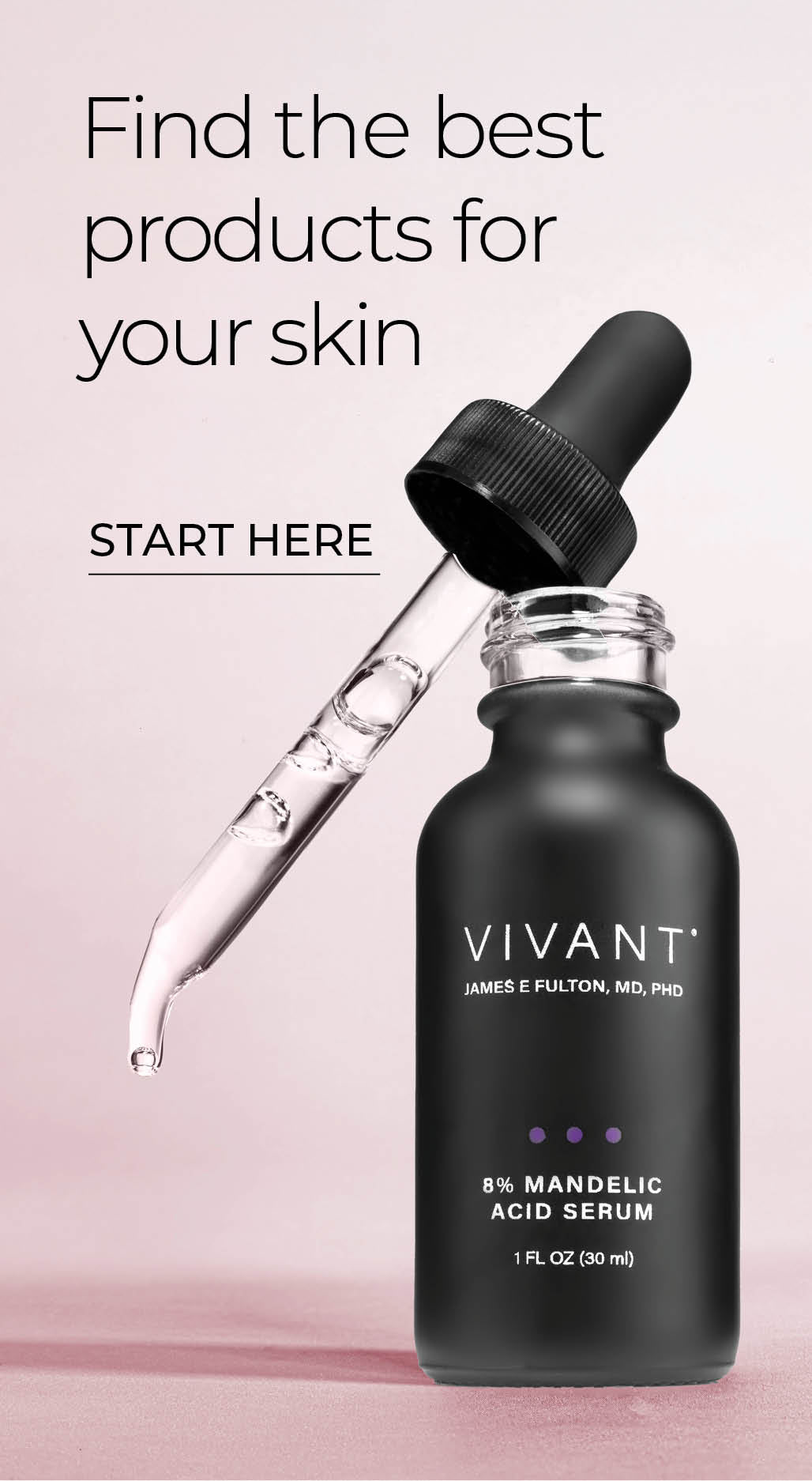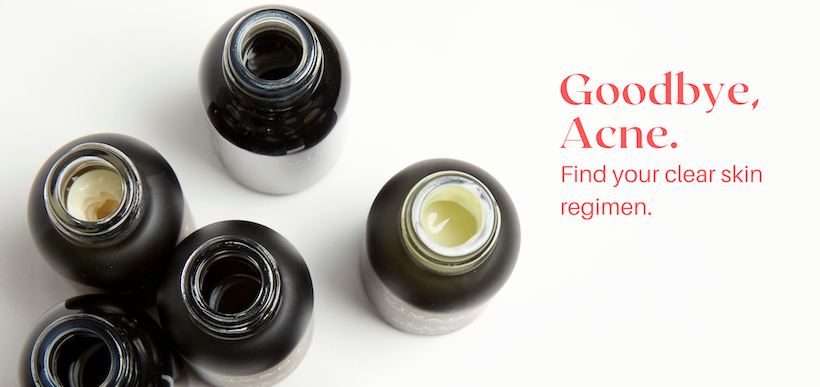Skin Care Ingredients: Absorption Matters

Ingredients that target signs of aging, skin texture, or hyperpigmentation need to get past the top layers of the epidermis to have any effect on the skin. But there are a few things that regularly get in the way. What are those impediments? Why do they matter? How do you get past them? Let’s get absorbed in the topic of absorption for a moment, shall we?
Table of content
Factor: Dead Skin Cells
As skin cells mature, they rise to the surface becoming flatter and drier until they reach the epidermis where they form the protective layer known as the stratum corneum. This outer layer of dead skin cells is bound together by a sort of cellular glue, which acts as a literal wall to skin care ingredients keeping them from performing optimally. Eliminating cellular buildup is not just the key to keeping the skin surface looking vibrant and healthy; it’s the key to ingredient absorption.
Fix: Exfoliation
Removing debris and dead skin cells clears the way for actives and optimizes product performance. A scrub is an excellent way to loosen up the dry, dull layer of skin blocking your ingredients. Vivant’s Buffing Grains can be added to any cleanser to create an exfoliating boost. If you’re targeting acne, try BP 3% Exfoliating Cleanser. For sensitive acne-prone skin, discoloration issues, or signs of aging Mandelic Acid 3-In-1 Exfoliating Cleanser is the trifecta.
Use a toner daily to help sweep away the accumulation of cellular debris. Look for a formula that contains acids, which dissolve the cellular glue to slough away dead skin.
Mandelic acid is a non-irritating, anti-bacterial, and melanin-inhibiting acid perfect for sensitive skin or dark skin tones prone to hyperpigmentation. Glycolic acid is fast-acting and potent. Lactic acid is a gentle exfoliator that draws moisture into the skin. Salicylic acid flushes pores. See Vivant’s toner collection here.
Factor: Molecular Size
Your skin is a bit like a wetsuit. It acts as a barrier keeping things like bacteria, irritants, pollutants out while allowing requisite oxygen and hydration through to keep your body healthy. Only the smallest particles can make it through. Many skin care ingredients have too large a molecular structure to get past the skin barrier and reach the lower layers of the dermis where they can effect change.
Retinoid (Vitamin A) is a great example. This antioxidant change agent must be converted by the body into retinoic acid to become “activated.” Once converted, the retinoic acid spurs cells to accelerate their renewal process, produce healthy new cells, and regenerate collagen and elastin. This conversion can’t happen until the retinoid (vitamin A) comes in contact with enzymes in the cells at the deeper dermal level. Most retinols have too large a molecular structure to reach that conversion zone.
Fix: Science
Dr. Fulton helped develop Retin-A® and later used his knowledge to create Vivant’s patented Retinyl Propionate, which has the smallest molecular structure of the non-prescription retinols allowing to reach its cellular destination and effect change in the skin. See Vivant’s patented Retinyl (Vitamin A) Propionate therapies.
Factor: Occlusive Formulation
Rich lotions and moisturizers that claim to target problem areas with specific ingredients are often so heavy with lipid molecules that they occlude the skin and leave active ingredients sitting on the surface of the skin.
Fix: Serums
A well-formulated serum can be hydrating and highly supportive of a healthy skin barrier without loading skin down with heavy ingredients. Thinner, lighter, fluid formulations of highly concentrated actives have nothing to get in the way of actives. Additionally, one of the most crucial benefits of a serum is enhancing and accelerating cell turnover, which brings us back to the stratum corneum. Serums are yet another way to avoid cellular buildup. Serums are formulated to target specific skin issues including acne, signs of aging, and uneven tone.
Bottom line: if the critical active ingredients in your skin care can’t get to into the lower levels of the skin, they can’t do the job of improving skin tone and texture. Use the fixes above to optimize your product performance and achieve your best results.


Comments
I love all of your blogs ! They are extremely educational and Super helpful when deciding on products best for our clients ! Thank you for this!
Thank you so much for your wealth of information on your skin products. It truly helps me to choose to what is best for my skin. I love that you state also what the ingredients do for your skin. Excellent educating post to read!